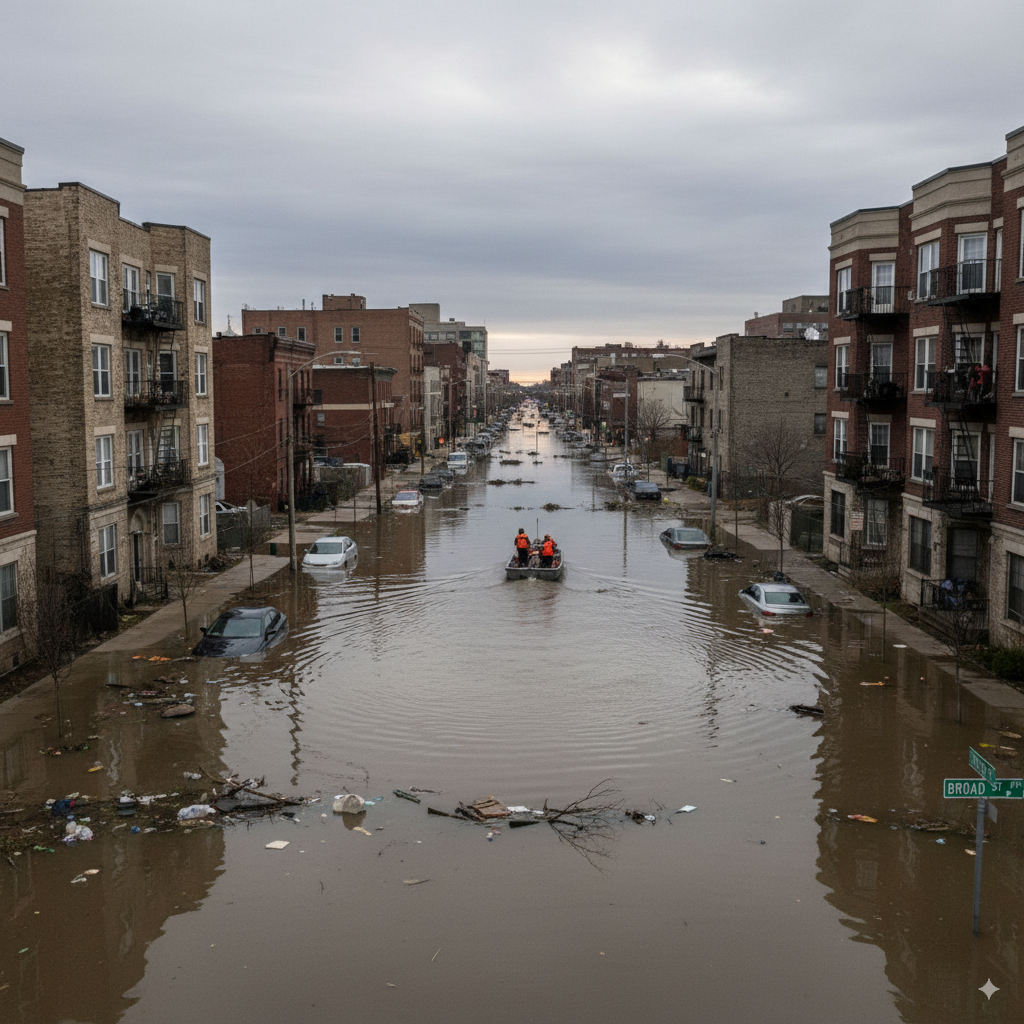Why flooding uccers during the monsoons in India? Here's why! India’s geography makes it particularly vulnerable to floods. The main causes include:
-
Heavy and prolonged rainfall: Sudden cloudbursts or sustained heavy rain can overwhelm drainage systems.
-
River overflows: Rivers like the Ganges, Brahmaputra, and their tributaries often swell and breach banks.
-
Poor urban planning: In cities, inadequate drainage leads to water accumulation on roads and low-lying areas.
-
Deforestation and land erosion: Tree removal reduces the land’s capacity to absorb water, leading to runoff.
-
Blocked drains and encroachments: Garbage and illegal constructions block waterways, worsening waterlogging.
The Dangers of Flooding
Floods are more than just inconvenience; they pose life-threatening hazards:
-
Waterborne diseases – Contaminated water can spread cholera, diarrhea, leptospirosis, and more.
-
Injury and drowning – Swift currents and hidden debris put lives at risk.
-
Damage to homes and infrastructure – Floodwaters weaken buildings, roads, and bridges.
-
Displacement – Families are often forced to evacuate their homes temporarily.
-
Loss of livelihood – Farmers, street vendors, and daily wage workers are hit the hardest.
How Google Trends Shows the Growing Concern
Recent analyses using Google Trends have shown that searches for terms like "flooding India," "monsoon disaster preparedness," and "waterlogging solutions" spike during periods of heavy rainfall. This indicates growing awareness but also highlights the urgent need for better planning and community education.
Flood Safety Tips You Must Know
Before the Flood:
-
Keep emergency kits ready with dry food, drinking water, medicines, and important documents.
-
Identify safe evacuation routes and shelters nearby.
-
Check local weather updates regularly.
During the Flood:
-
Avoid walking or driving through flooded areas.
-
Stay away from electrical lines and equipment.
-
If trapped, move to higher ground and signal for help.
After the Flood:
-
Avoid drinking tap water until it’s declared safe.
-
Clean and disinfect affected areas.
-
Report any injuries or health issues immediately.
What Communities Can Do Together
-
Awareness campaigns: Schools, local bodies, and NGOs can educate people on flood preparedness.
-
Disaster drills: Regular mock drills can help families and communities act quickly.
-
Waste management: Keeping drains clean prevents blockages and waterlogging.
-
Tree planting and soil conservation: These measures reduce runoff and prevent erosion.
Why Clean Water Matters During Floods
Floodwaters mix with sewage, industrial waste, and debris, contaminating water supplies. Access to clean drinking water can save lives and prevent diseases. Investing in water purification methods, awareness drives, and proper sanitation infrastructure is essential for long-term resilience.
Spread the Word
Your voice can make a difference. Share flooding awareness messages with friends, family, and neighbors. Social media, WhatsApp groups, and local gatherings are powerful tools to keep everyone informed.
Conclusion
Monsoon flooding is a natural phenomenon, but its impact can be mitigated with awareness, planning, and collective action. By staying informed and prepared, we can safeguard lives, property, and the environment. Let’s be vigilant, responsible, and supportive — because preparedness today prevents disaster tomorrow.
Stay safe. Stay aware. Stay together.





2 Comments
John Doe
Posted on: March 13, 2025Leverage agile frameworks to provide a robust synopsis for high level overviews. Iterative approaches to corporate strategy foster collaborative thinking to further the overall value proposition.
John Doe
Posted on: March 13, 2025Leverage agile frameworks to provide a robust synopsis for high level overviews. Iterative approaches